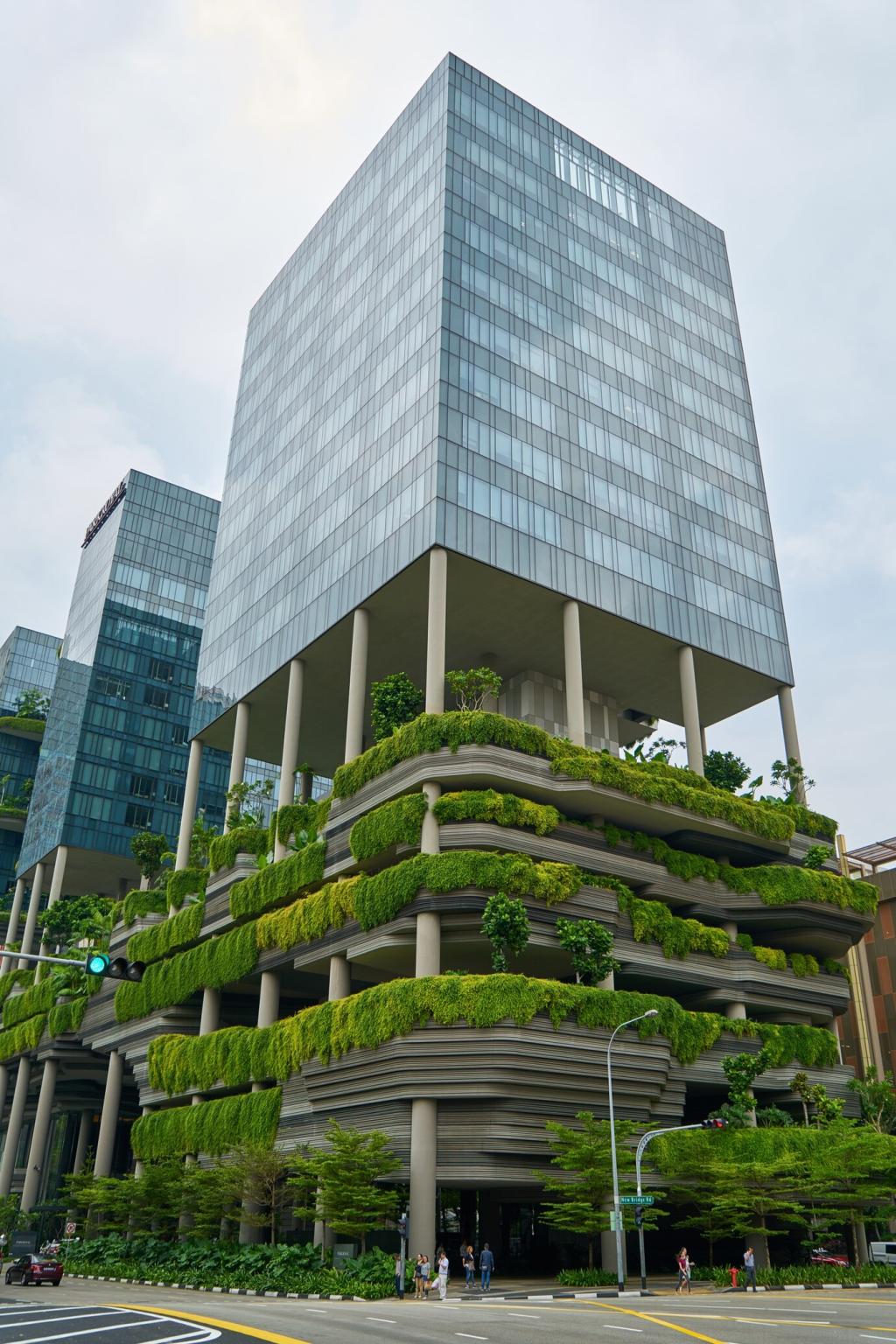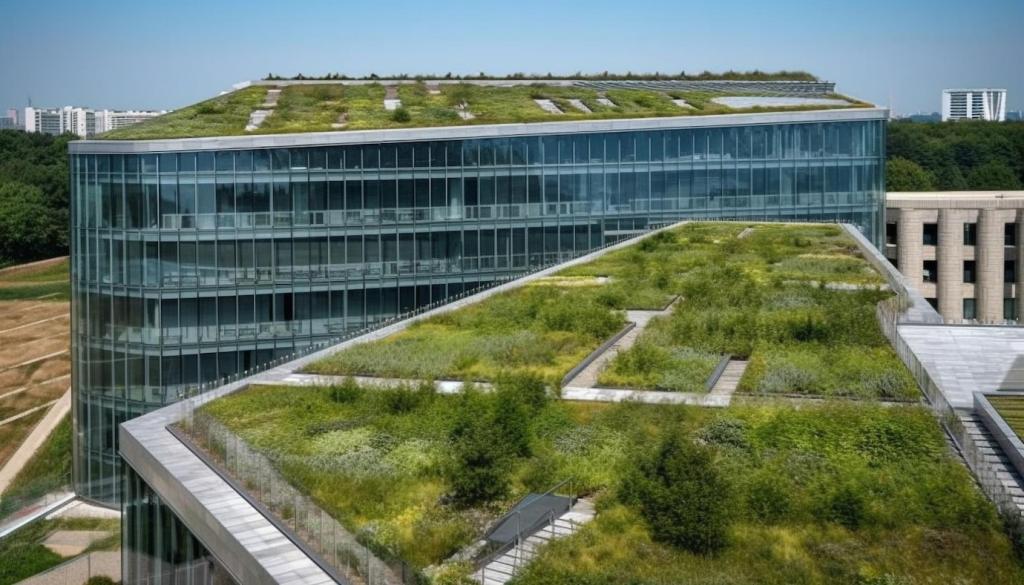Eco-Friendly Building Materials
Eco-friendly building materials are revolutionizing the construction industry by reducing the environmental impact of buildings and creating healthier living and working environments. These materials are designed to minimize waste, conserve resources, and lower carbon footprints both during construction and throughout the lifespan of the building. By prioritizing renewable, recycled, and sustainable options, eco-conscious builders and architects can create structures that blend functionality, style, and responsibility towards the environment.

Bamboo has emerged as a frontrunner among sustainable construction materials due to its rapid growth and exceptional strength-to-weight ratio. Unlike traditional hardwoods, which may take decades to mature, bamboo can be harvested in just a few years, allowing for continuous crop cycles with minimal land disruption. Its versatility enables its use in flooring, paneling, and structural framing, while its natural resistance to pests and moisture further enhances its eco-friendly credentials. Builders who choose bamboo benefit from a material that not only reduces pressure on old-growth forests but also sequesters carbon efficiently, thus making a measurable positive impact on the environment.

Engineered wood products, such as cross-laminated timber and particleboard, are crafted from small wood pieces and even sawmill by-products that might otherwise be discarded. These materials maximize the utility of every harvested tree by reducing waste and using adhesives to produce strong, stable boards and beams suitable for diverse applications. Reclaimed timber, sourced from dismantled buildings or industrial sites, repurposes wood that may have been destined for landfills. This approach extends the material’s lifespan and lessens the need for new resources, all while providing character-rich, weathered aesthetics that new products often cannot replicate.

Cork, harvested from the bark of the cork oak tree, presents an outstanding renewable option because the bark regenerates after each harvest, allowing the tree to continue growing. Cork is naturally insulating, lightweight, and resistant to moisture and mold, making it ideal for flooring, walls, and even acoustic treatments. Fiberboard materials, made from plant fibers and agricultural residues such as wheat or rice straw, represent another way to utilize rapidly renewable resources. These products often require less energy to manufacture and are biodegradable at the end of their use, supporting a circular approach to construction material life cycles.
Energy-Efficient Insulation Materials
Sheep’s Wool Insulation
Sheep’s wool insulation is prized for its natural insulating abilities and moisture-regulating properties. Unlike synthetic insulation, sheep wool can absorb and release moisture without losing its thermal performance, thereby preventing mold formation and improving indoor air quality. It is renewable, biodegradable, and requires significantly less energy to produce than many traditional materials. Furthermore, wool’s inherent ability to filter indoor air pollutants like formaldehyde adds another layer of health benefits for building occupants. By choosing sheep’s wool, builders can incorporate a natural, sustainable, and high-performing insulation solution into residential and commercial projects.
Cellulose Insulation from Recycled Paper
Cellulose insulation is primarily composed of recycled newspaper and paper products, making it an excellent option for repurposing waste material that would otherwise fill landfills. Its loose-fill form enables it to be blown into wall cavities and difficult areas, creating an effective thermal barrier. Treated with non-toxic fire retardants, cellulose insulation is safe for indoor environments and offers impressive thermal and acoustic performance. By drastically reducing energy demands for heating and cooling, cellulose insulation helps lower greenhouse gas emissions while supporting recycling initiatives within local communities.
Cotton and Denim Insulation
Cotton and denim insulation repurposes post-consumer textile waste, particularly discarded blue jeans, transforming it into a viable insulation material. This type of insulation is not only made from renewable sources but also eschews the harmful chemicals sometimes found in traditional fiberglass options. The result is a product that is safe to handle, doesn’t irritate skin, and provides reliable thermal and acoustic buffering. Its high recycled content significantly reduces resource extraction and landfill waste, aligning with eco-friendly construction goals for both renovation and new-build projects.

Fly Ash and Slag-Based Concrete
Fly ash and blast furnace slag, both by-products of industrial processes, can replace a significant portion of the Portland cement typically used in concrete. Incorporating these materials diverts waste from landfills while reducing greenhouse gas emissions linked to cement manufacturing. The resulting concrete is just as durable and often more resistant to chemical intrusion and weathering. With widespread availability, fly ash and slag-based concretes offer an achievable step for builders looking to lower their environmental impact without sacrificing structural integrity or longevity.

Hempcrete and Natural Binders
Hempcrete, a composite made from the woody core of the hemp plant and natural lime binders, provides a lightweight and highly insulating building material. Its production is markedly less energy-intensive than that of traditional cement, and it even absorbs carbon dioxide during curing, actively offsetting emissions. Hemp is a fast-growing, renewable crop that requires minimal pesticides or fertilizers, making it an exceptionally sustainable raw material. The resulting mixture is non-toxic, vapor permeable, and naturally resistant to pests and mold, suiting it perfectly for internal walls and insulation layers in sustainable architecture.

Recycled Aggregate Concrete
Recycled aggregate concrete is produced by crushing and reusing old concrete, bricks, or demolition waste to create new structural elements. This process reduces the demand for raw materials, lessens landfill burden, and cuts down transport emissions associated with new aggregate mining. Advances in technology now allow for high-quality recycled aggregate concrete with properties closely matching those of traditional mixes. Employing this innovative material closes the loop in the construction industry and demonstrates a commitment to circular economy principles, all while maintaining safety and reliability standards.
